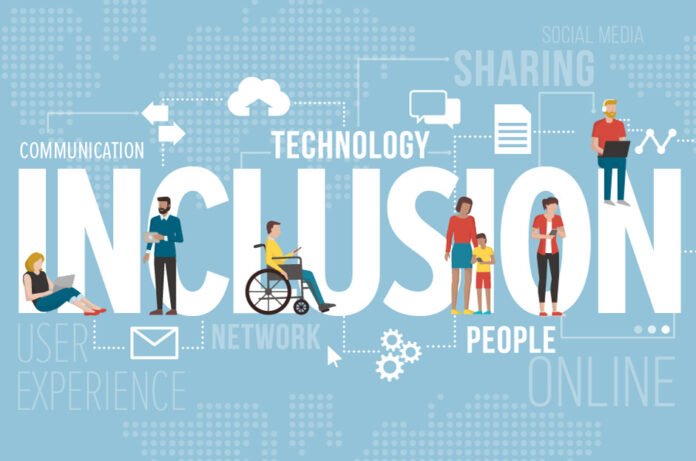When it comes to design, the power to create positive change in the world is immense. However, one of the most critical aspects of design is accessibility. Accessibility is the practice of creating products and spaces that can be used by people with a wide range of abilities and disabilities. In this article, we will explore the importance of designing for accessibility, and the ways in which designers can create inclusive spaces and products that benefit everyone.
Understanding Accessibility
Accessibility encompasses designing products and spaces that can be used by individuals with a wide range of abilities and disabilities. This includes physical disabilities like mobility and vision impairments, as well as cognitive disabilities like learning disabilities and autism.
The importance of accessibility cannot be understated, as it ensures that everyone can participate in society and access the same opportunities and resources. Without accessibility, people with disabilities can face significant barriers that limit their ability to participate in society and achieve their goals.
Creating Accessible Spaces
Creating accessible spaces is a critical aspect of design, as it ensures that everyone can access and navigate the built environment. Designers can create accessible spaces in many ways, and here are some examples:
-
Universal Design
Universal design involves designing products and spaces that can be used by everyone, regardless of ability or disability. This includes features such as wide doorways, ramps, and level thresholds that make it easy for people with disabilities to navigate spaces.
-
Wayfinding
Wayfinding is the practice of creating visual cues and signage that help people navigate spaces. This includes features such as clear and easy-to-read signage, tactile maps, and audible instructions that help people with vision or hearing impairments navigate spaces.
-
Lighting
Lighting is an essential aspect of creating accessible spaces, as it can help people with visual impairments navigate spaces. This includes features such as bright and evenly distributed lighting, and the use of contrasting colors to help people with low vision distinguish between different areas and objects.
-
Acoustics
Acoustics are also critical for creating accessible spaces, as they can help people with hearing impairments navigate and interact with spaces. This includes features such as sound-absorbing materials that reduce background noise, and the use of hearing loops or other assistive listening devices.
Creating Accessible Products
Creating accessible products is also a crucial aspect of design, as it ensures that everyone can use and benefit from the same products and services. Designers can create accessible products in many ways, and here are some examples:
-
User-Centered Design
User-centered design involves designing products and services that are tailored to the needs and preferences of the user. This includes features such as customizable interfaces, and the use of assistive technology and other accessibility features that help people with disabilities use products and services.
-
Simple and Clear Design
Simple and clear design is also critical for creating accessible products, as it makes it easy for everyone to understand and use products and services. This includes features such as clear and concise instructions, and the use of large and easy-to-read fonts that are accessible to people with low vision.
-
Assistive Technology
Assistive technology is another important aspect of creating accessible products, as it helps people with disabilities use products and services that they may not otherwise be able to use. This includes features such as screen readers, text-to-speech software, and other assistive technology that help people with vision, hearing, or other impairments use products and services.
-
Testing and Feedback
Testing and feedback are also crucial for creating accessible products, as they help designers identify and address any accessibility issues that may arise. This includes features such as user testing and feedback, and the use of accessibility testing tools and software that help designers identify and address any accessibility issues that may arise.
Conclusion
In conclusion, designing for accessibility is a crucial aspect of design that benefits everyone. By creating inclusive and accessible products and spaces, designers can ensure that everyone can participate in society and access the same opportunities and resources. Designers have a responsibility to consider accessibility in all aspects of their work, and by doing so, they can create a more equitable and just society.
Creating accessible spaces involves practices such as universal design, wayfinding, lighting, and acoustics. These practices ensure that everyone can navigate and interact with spaces, regardless of their abilities.
Creating accessible products involves practices such as user-centered design, simple and clear design, assistive technology, and testing and feedback. These practices ensure that everyone can use and benefit from the same products and services, regardless of their abilities.
Designers can also benefit from designing for accessibility, as it often results in better and more innovative design solutions. By considering the needs and preferences of a wide range of users, designers can create products and spaces that are more user-friendly and effective.
Google News | Telegram
















